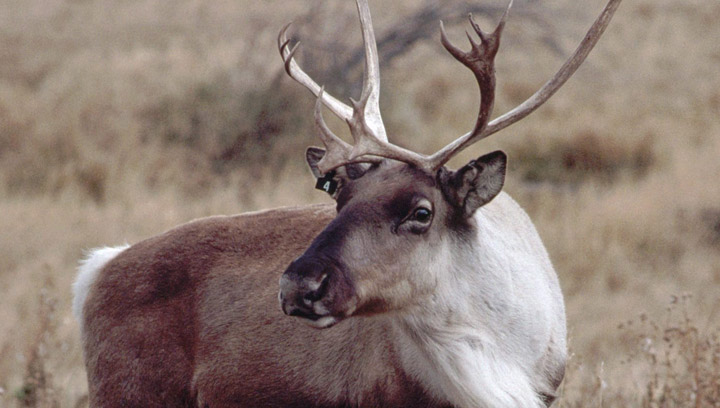WINNIPEG – The Manitoba government has announced a 10-year strategy that advocates are calling good news for thousands of woodland caribou, which are listed as a threatened species in Canada.

Conservation Minister Gord Mackintosh says the Woodland Caribou Recovery Strategy will include special consideration of the species’ boreal habitat.
Woodland caribou were listed as threatened in Manitoba in 2006 under the Endangered Species Act, though their population has since stabilized.
However, the province says they can be affected by things such as habitat destruction from forest fires, habitat fragmentation from poor planning of mines, transmission lines and logging operations, over-hunting and disease.
Resident Ron Spence says he’s happy to see the province come together with First Nations and industry to make it happen.
Ron Thiessen of the Canadian Parks and Wilderness Society says the province is focusing on high-risk areas on the north and south ends of Lake Winnipeg first.
“The unprecedented commitment to establish large caribou habitat areas that are exempt from forestry is good news for this threatened species,” says Thiessen. “We all need the boreal to be healthy as it is the world’s largest source of fresh water, the northern lungs of the planet and its massive carbon stores help to curb climate change.”
The Ottawa-based Canadian Boreal Forest Agreement, which includes seven environmental groups and a number of forestry companies, says the Manitoba government is showing leadership.
“This comprehensive 10-year plan, which exceeds federal standards, puts Manitoba at the forefront of caribou conservation in Canada by ensuring management decisions will balance the demand for boreal forest resources with boreal caribou conservation,” says executive director Aran O’Carroll.
- 2021 heat dome fuelled by climate change, intensified wildfire risk: study
- B.C. introduces legislation recognizing Haida Gwaii Indigenous title
- Whale experts confident B.C. orca calf will survive, find family if rescue plan succeeds
- Chemical plant shuts down after high benzene levels detected near Ontario First Nation
RELATED: Vanishing species: Caribou fight for their lives
In conjunction with the caribou strategy, the government also announced a new Peatlands Stewardship Strategy will include legislation to ensure a balanced approach between the protection and wise use of peatlands.
It will prohibit commercial peat development in provincial parks, wildlife management areas and other sensitive, designated peatlands.
An exception will be made in the Moose Creek wildlife management area, where existing rights are in place.
Mackintosh says peatlands are an important resource for managing the effects of climate change because they are the most efficient, natural place to store carbon while also helping with water resource management, water filtration and biodiversity conservation.
The legislation will also ensure Manitoba peat harvesters file recovery plans for harvested areas and provide security to ensure the plans are carried out.
— The Canadian Press, CJOB



Comments